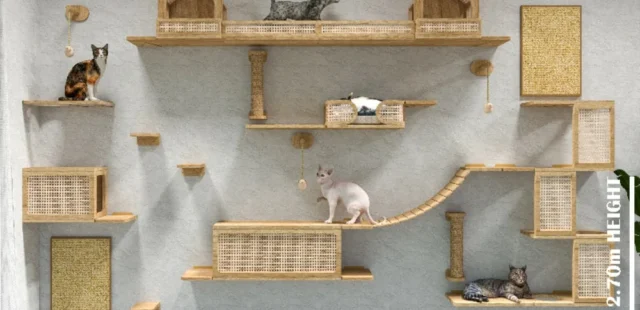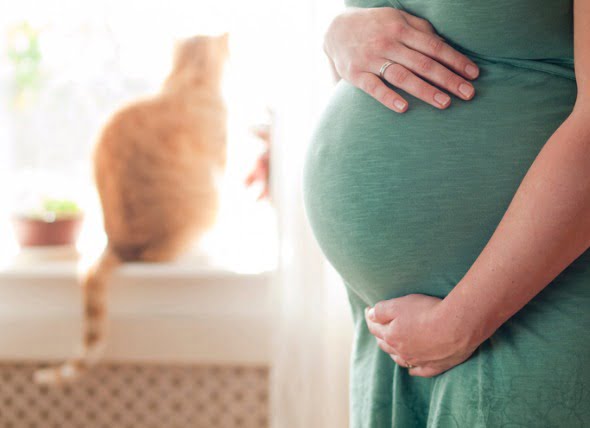Whoever is owns a dog knows that having a dog to take care of is like having a baby. Just like us human beings, dogs require vitamins and supplements for healthy and stabilized growth.
You might wonder, how do dogs get their vitamins?
Well, dogs get the vitamins they need from commercial food, but they also get them from supplements that you can find in markets, pharmacies, and pet shops.
It might be very confusing to shop for supplements because you would be wondering which type suits my little one. We already know this struggle and we are here to help you!
In this blog, you will have the chance to find the most important vitamins that your dog needs for a healthy living. Based on our experience with dogs, we have included a list of the most important vitamins in this blog.
Here is the list of the crucial vitamins for your little one’s balanced nutrition and well-being:
1- Vitamin A
Vitamin A is important to maintain your dog’s overall health and that includes: skin, coat, muscles, and nerves. If you ever come across a dog that has rough skin or dull hair, it could probably be a sign of Vitamin A deficiency.
The way that this vitamin works is that it gets stored in the liver’s fat cells and then uses it whenever the dog’s body needs it. It is a very important nutrient for growth, muscle improvement, and skin maintenance. A risk from this vitamin deficiency for dogs could be night blindness. This is why it is crucial for dogs for this vitamin to be a part of their diet.
2- Vitamin B
Vitamin B could also be known as Vitamin B complex and it is very necessary for your dog’s health.
It could be helpful to the wellbeing of your dog in many ways. Here are some of them:
• B12, Niacin, and Riboflavin support the proper functioning of enzymes. They are very important in protein synthesis and they are responsible for the creation of red blood cells in your dog’s body.
• Thiamine has an effect on your dog’s central nervous activities as it has a vital role in increasing their carbohydrate & energy metabolism.
• Pantothenic Acid also plays a role in energy metabolism.
• Folic Acid has an important role when it comes to amino acids metabolism and to protein synthesis.
• Last but not least, Vitamin B6 is most important vitamin since it has a positive effect on immunity, hormone regulation, and production of red blood cells.
3- Vitamin C
This is very important since it has antioxidant properties and improves cognitive development. It also has an effect on cancerous cells since it improves dogs’ immunity. It behaves like an anti-inflammatory agent and it reduces the risk of disease.
This vitamin is also needed for muscle growth in significant quantities.
4- Vitamin D
This is a fat-soluble vitamin and it is also known as the “sunshine vitamin”.
That is due to the fact that the body becomes able to synthesize this vitamin when it is exposed to sunlight. This vitamin has many benefits such as:
– Development of bones and muscles
– Improvement of the nervous system
– Regulates levels of calcium and phosphorus
– Reduces the risk of cancer, congestive heart collapse, and bone diseases like rickets, osteomalacia, etc.
– Promotes healthy skin and coat
However, an excessive amount of this vitamin may lead to serious health problems that could be deadly and it might lead to intoxication. Make sure you provide your little one with the correct doses to avoid any problems.
5- Vitamin E
Vitamin E is another fat-soluble compound which has anti-oxidative properties. It is very important for proper cell function and metabolism.
It supports the cardiovascular system of your dog by improving blood circulation through the blood vessels and the heart. It promotes the skins’ elasticity and coat as well. Basically, it is very important for productivity, delaying cognitive age, and fighting many diseases.
6- Vitamin K
Another fat-soluble vitamin which has the ability to help your dog’s body to clot. It acts to reverse the process of coagulation which is mostly caused by the ingestion of rat or mouse poison in your dog’s digestive system. This is definitely a health problem that must be treated as soon as possible.
Vitamin K deficiency might lead to infiltrative intestine illness, intrahepatic cholestasis, biliary obstruction, etc.
7- Choline
Choline is mostly found in several forms of food and it is also known as phosphatidylcholine (PC). Its min benefits have to deal with liver regulation and proper brain functioning. It is also part of the epilepsy therapy for dogs and cats.
Most importantly, Choline is a vitamin that reduces the risk of Canine Cognitive Dysfunction (CCD) which is the Alzheimer Disease for dogs and cats.
In general, dogs require the following 7 vitamins for a healthy life: Vitamin A, Vitamin B, Vitamin C, Vitamin D, Vitamin E, Vitamin K, and Choline.
Make sure you take care of your dog’s health, and always seek help from a professional.
How did you find this blog? Please tell us in the comment section below.
If you are looking for dog vitamins and supplements, please click here to shop.















